MADE IN GERMANY
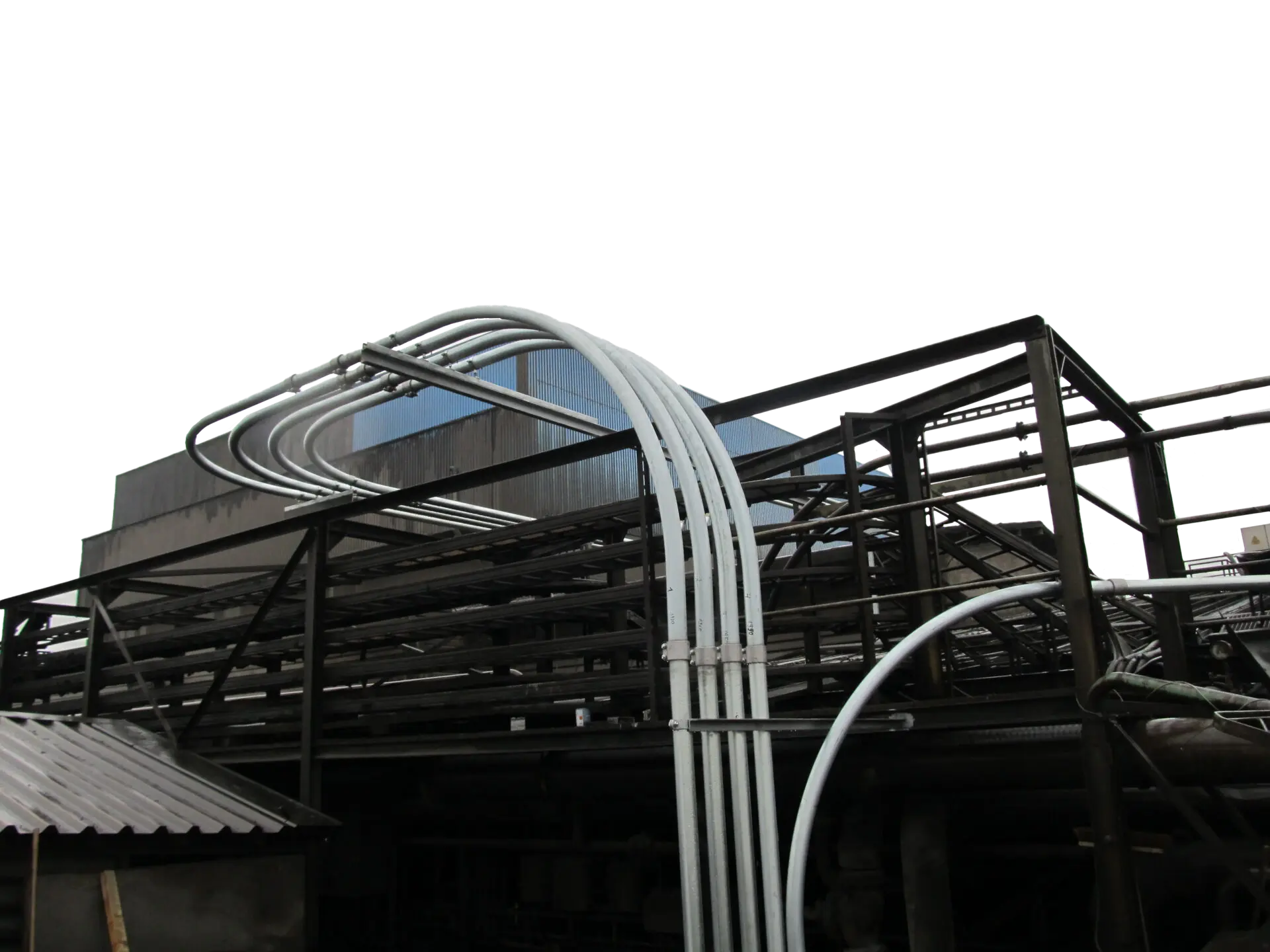
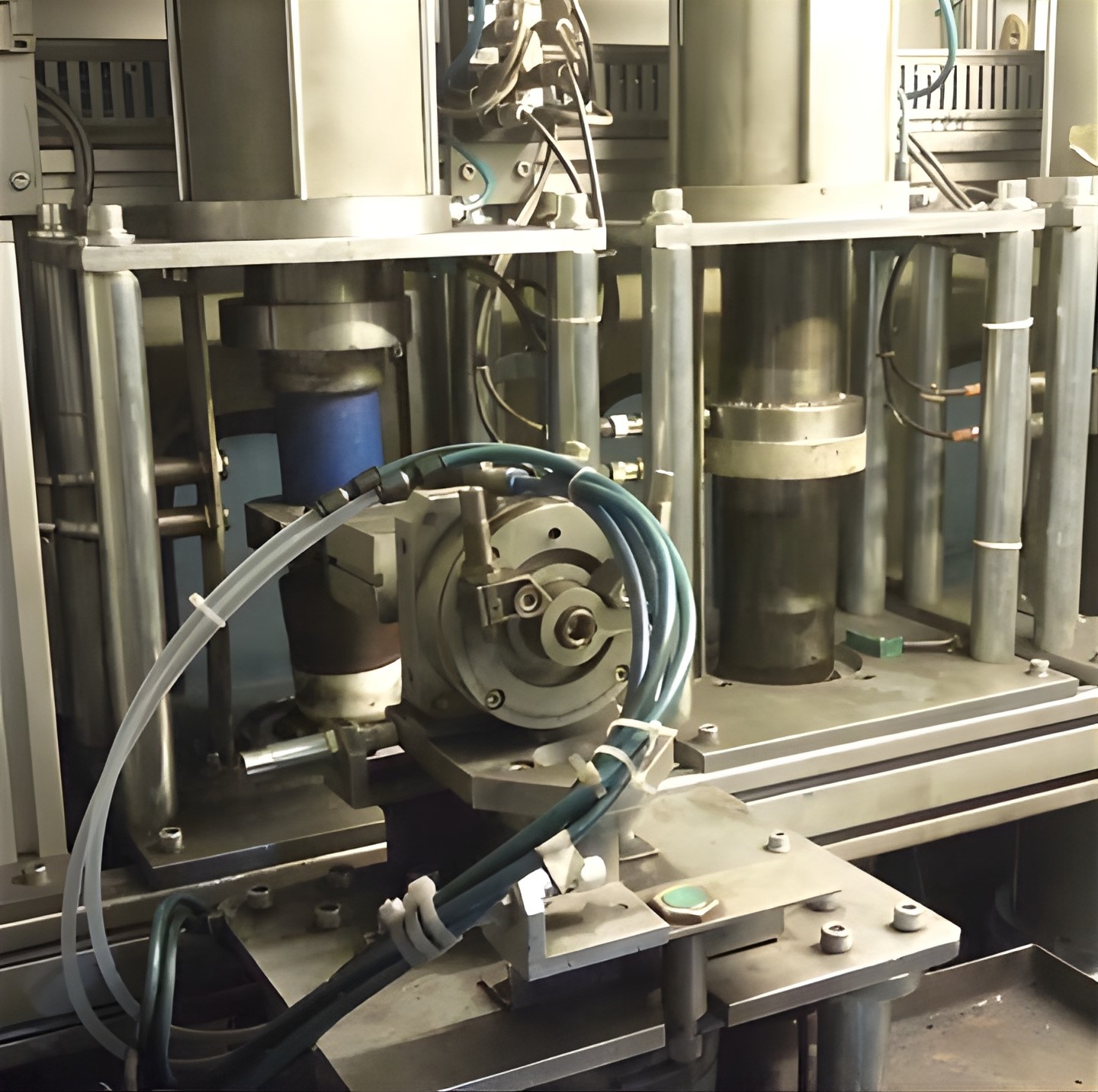
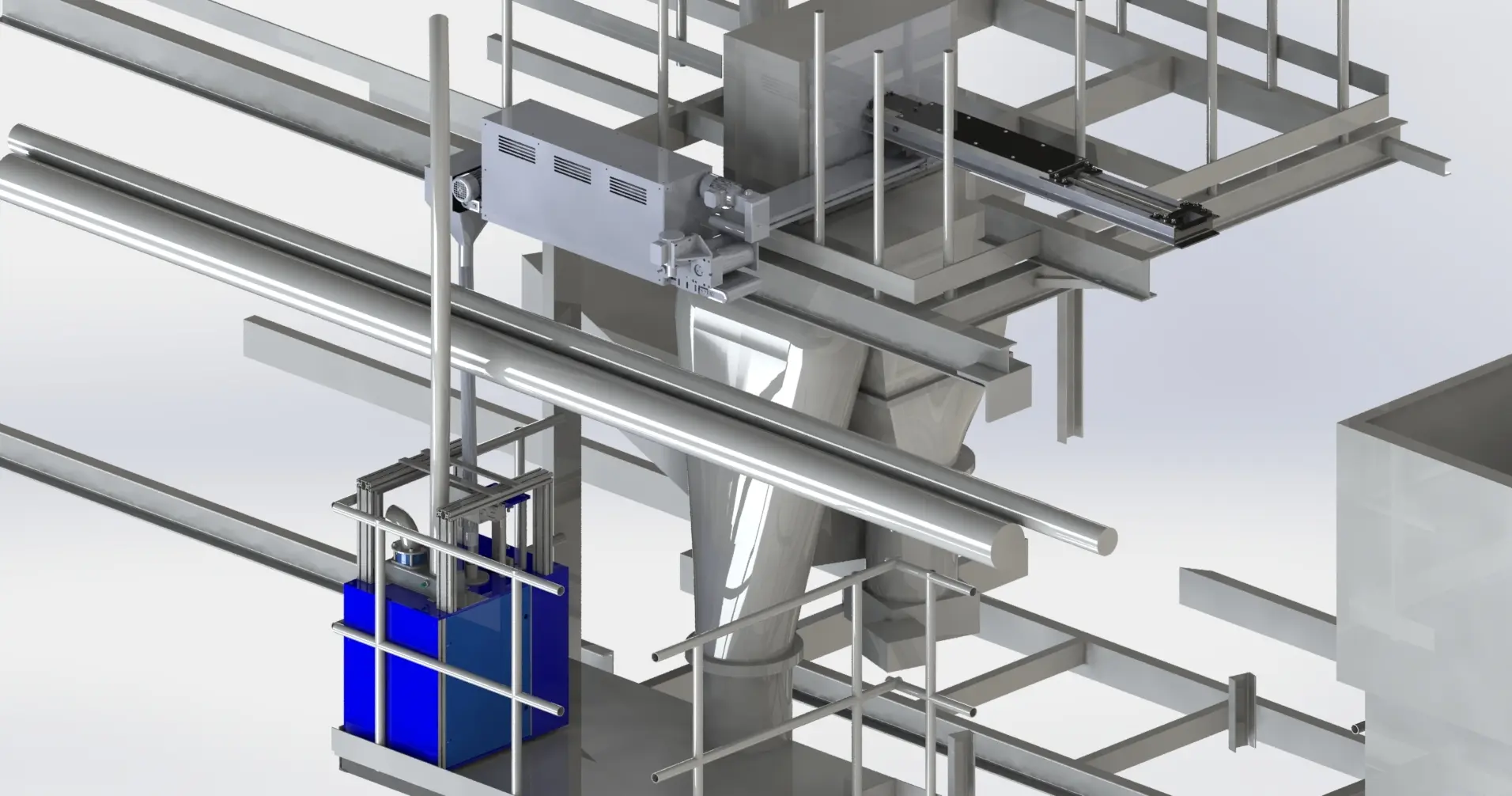
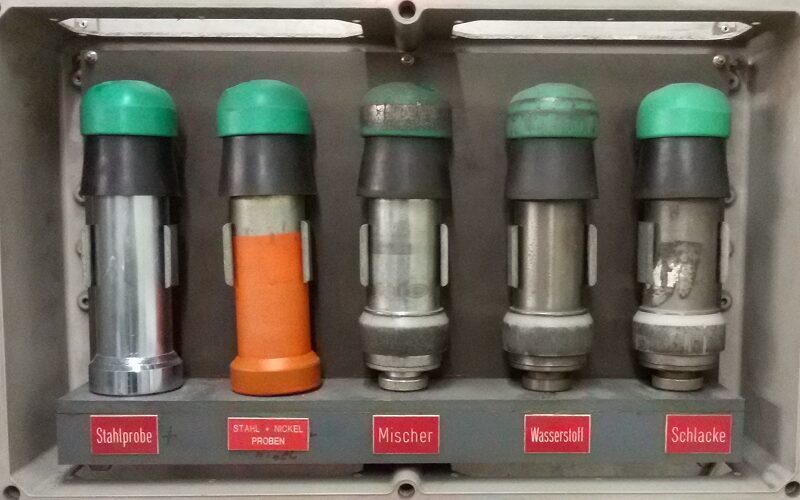
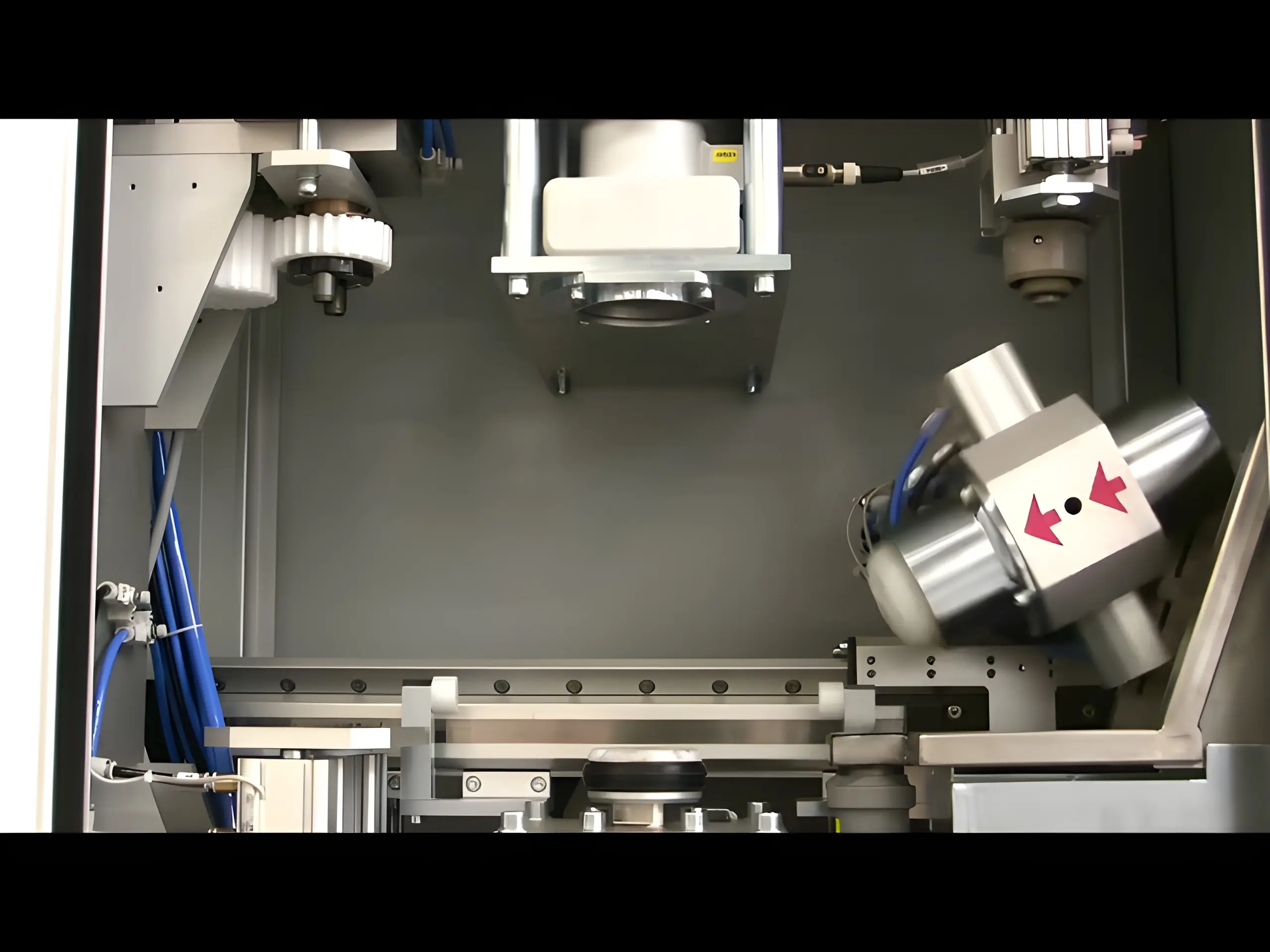
In the steel and metal industry, the requirements for very rapid sample analysis are met by direct one-to-one piping connections, enabling parallel sample transport due to time pressures. Additionally, priorities for particularly high-quality metals to be produced can be controlled much more quickly.
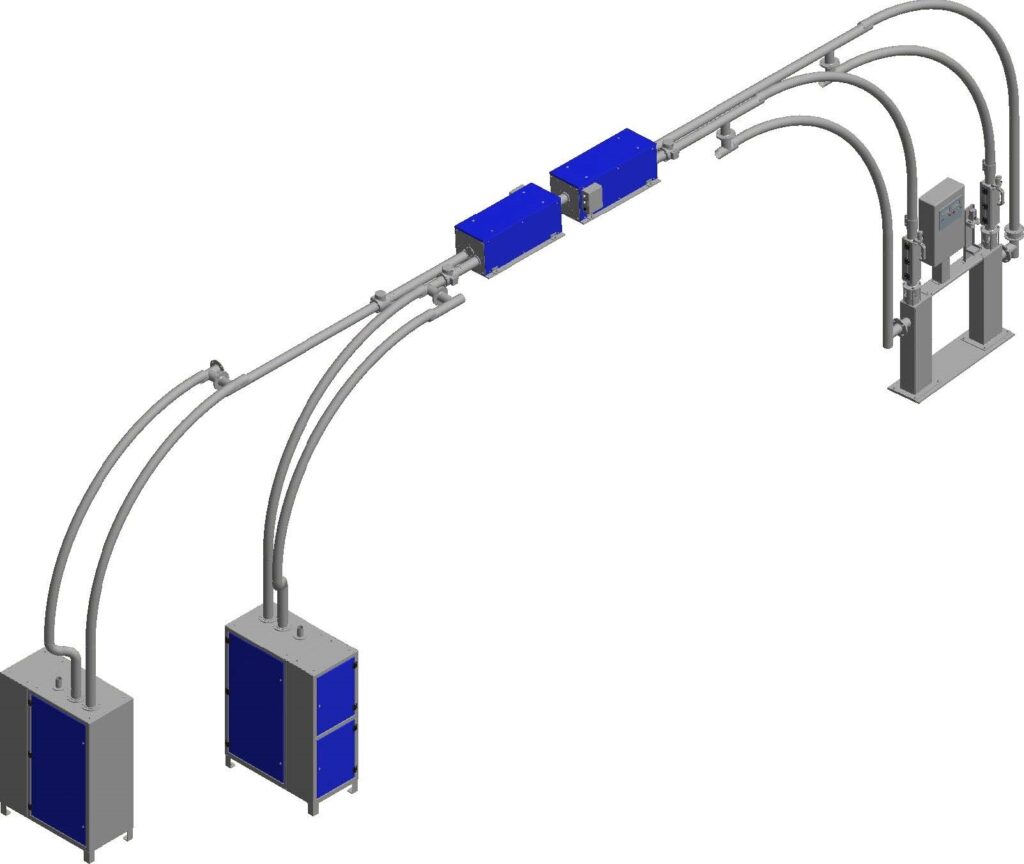
Manual sending station (plant-site)
Automatic receiving station (laboratory-site)
Pipe connection kit for sending station
Pipe connection kit for receiving station
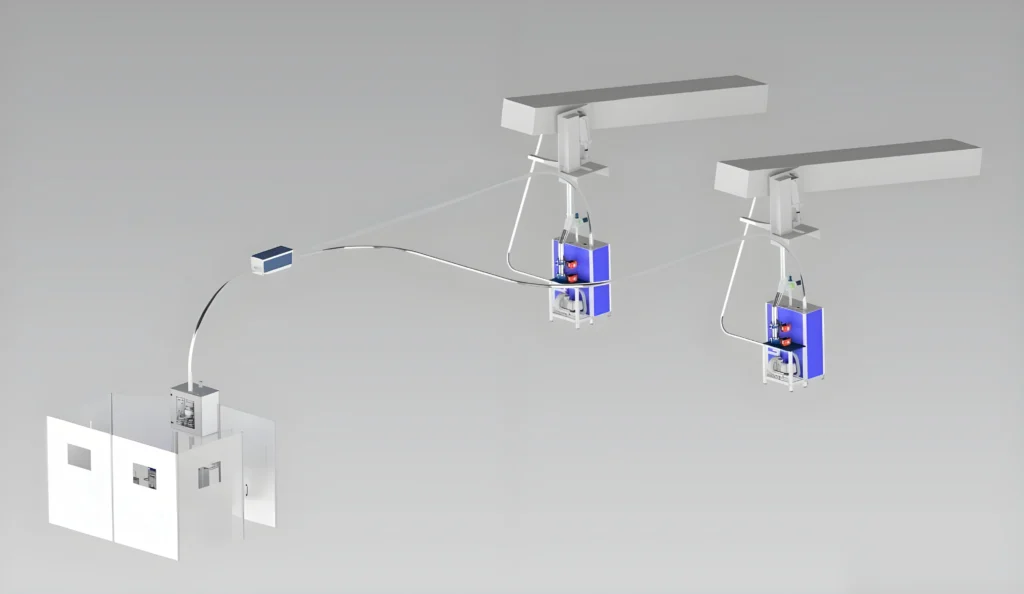
Automatic sending station with automatic sampling system (plant-site)
2-way diverter
Automatic receiving station with automatic discharge (laboratory-site)
For the cement industry, SAMCOS also offers fully automated sampling processes to the laboratory. This brings numerous advantages:
The integrated automation concept includes sophisticated priority programs. Should in the rarest case a device failure lead to reduced capacity in the automatic preparation system, it is possible to reduce the automatic sampling and sample transport such that samples of lower priority are bypassed or requested less frequently.”
If you would like to discuss a specific topic, just request a meeting and we would love to talk about it.